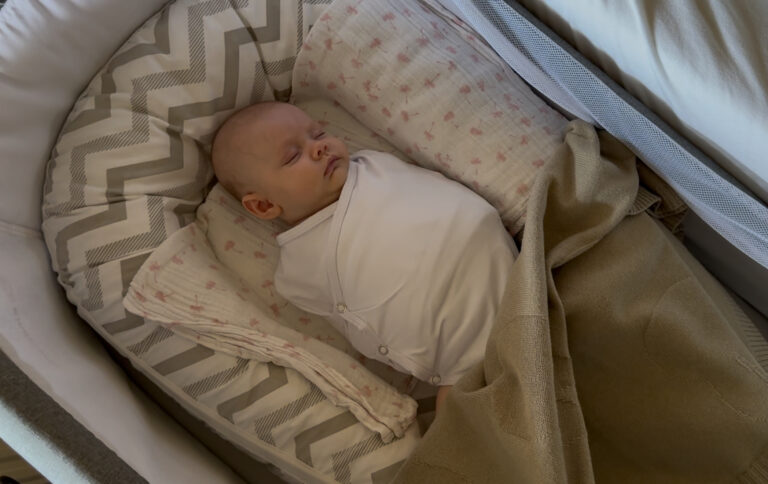Swaddling: What Is It, Why Do It, and What Should You Watch Out For?

Swaddling is a time-tested technique that helps many newborns sleep more calmly and for longer stretches. But while swaddling can be incredibly effective, doing it the wrong way — or for too long — can pose risks. So, how do you swaddle safely and effectively?
In this blog, we’ll break down:
What swaddling is
Why it works
When to start (and stop)
What kind of swaddle to choose
And key safety tips every parent should know
What Is Swaddling?
Swaddling is the practice of wrapping your baby snugly in a blanket or specially designed swaddle cloth. The arms are usually tucked in, while the legs remain in a natural frog-like position. This mimics the coziness of the womb — a feeling that comforts newborns in the early weeks of life.
Why Do Parents Swaddle Their Babies?
Swaddling can help:
Prevent the startle reflex that often wakes babies up
Promote deeper, longer sleep
Reduce fussiness and overstimulation
Create a calming bedtime routine
For many parents, swaddling is a game-changer in the early sleep-deprived months.
When to Swaddle — and When to Stop
Start: You can begin swaddling right from birth, as long as your baby is healthy and full-term.
Stop: You must stop swaddling as soon as your baby shows signs of rolling over — usually around 8 to 12 weeks. At that point, swaddling can become dangerous, as a baby who rolls onto their stomach while swaddled could risk suffocation.
If your baby sleeps well without being swaddled, it’s okay to skip it altogether. Every baby is different.
Choosing the Right Swaddle
There are many types of swaddles on the market — from classic blankets to Velcro wraps and zipper pods. Here’s what to consider:
Fabric: Choose breathable, soft materials like Lyocell, organic cotton, or bamboo. These help regulate temperature and reduce the risk of overheating.
Design: A swaddle with bottom access makes nighttime diaper changes easier.
Ease of use: New parents often appreciate ready-made swaddles with snaps, zippers, or Velcro over traditional blankets.
Swaddling Safety Tips
Always place baby on their back to sleep — never on their side or tummy.
Don’t over-tighten around the hips and legs. The legs should be free to bend naturally, to avoid hip dysplasia.
Avoid overheating — dress your baby lightly under the swaddle, and keep the room at a comfortable temperature (16–20°C / 61–68°F).
Monitor your baby for signs of rolling, sweating, or discomfort.
Final Thoughts
Swaddling can be a soothing, effective tool to help your baby sleep better — but only if used safely. Choosing the right fabric, using a secure but hip-friendly wrap, and knowing when to stop are all key.
Looking for a swaddle that’s gentle, breathable, and designed for easy nighttime changes? Explore our collection of baby sleepwear made with both comfort and practicality in mind.
